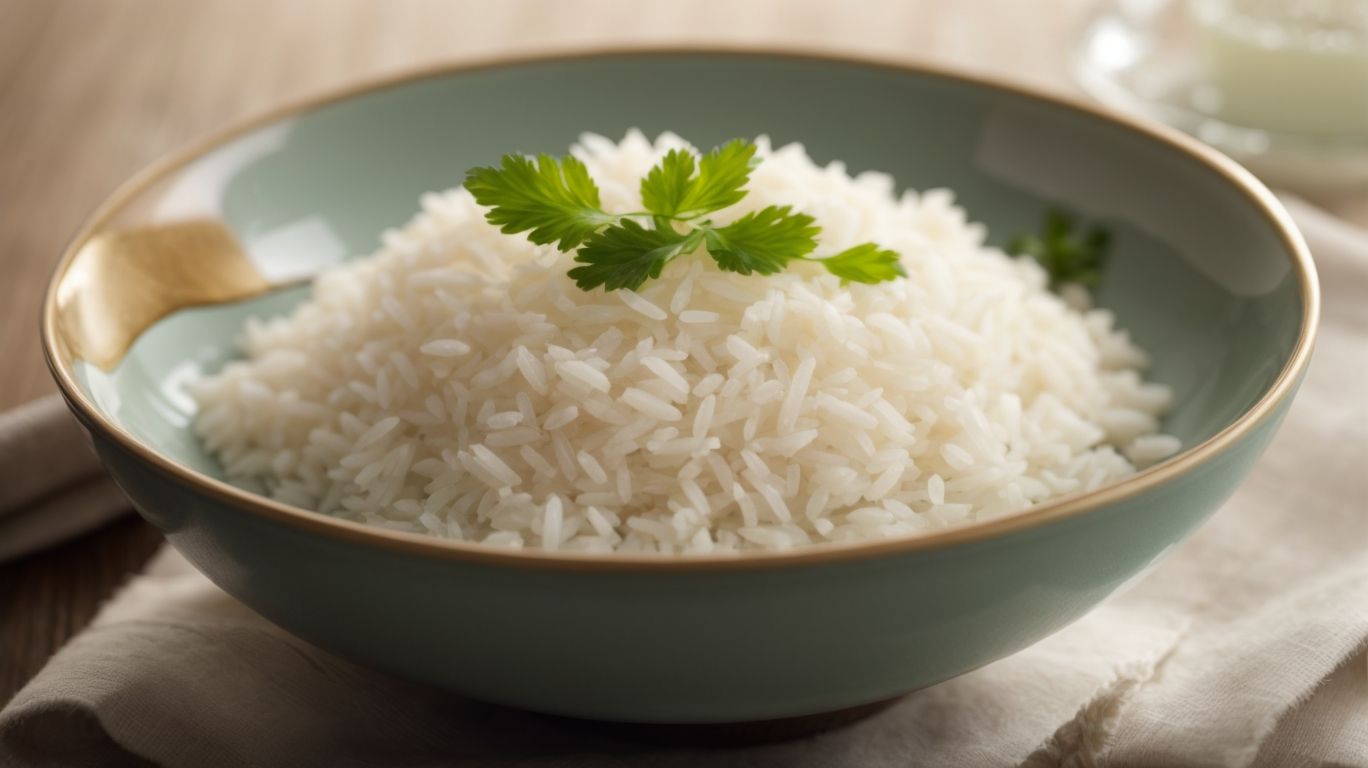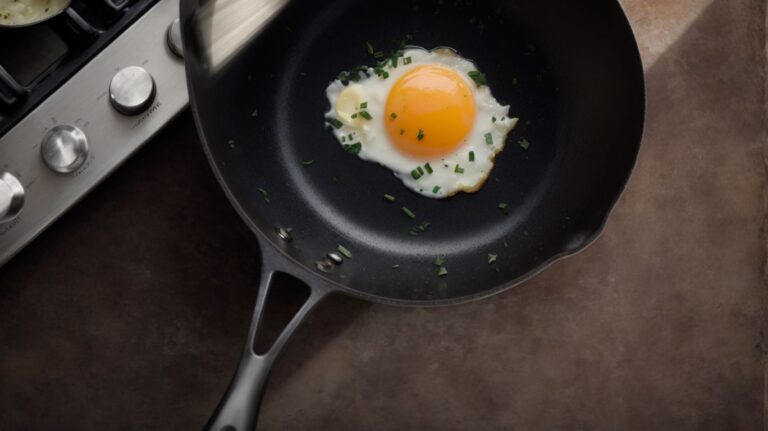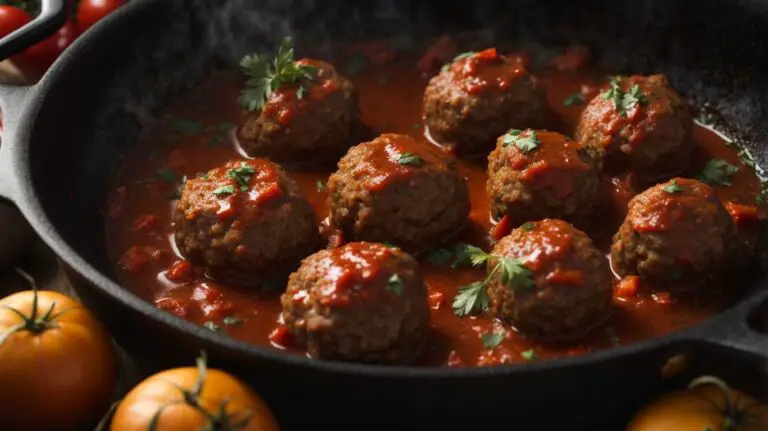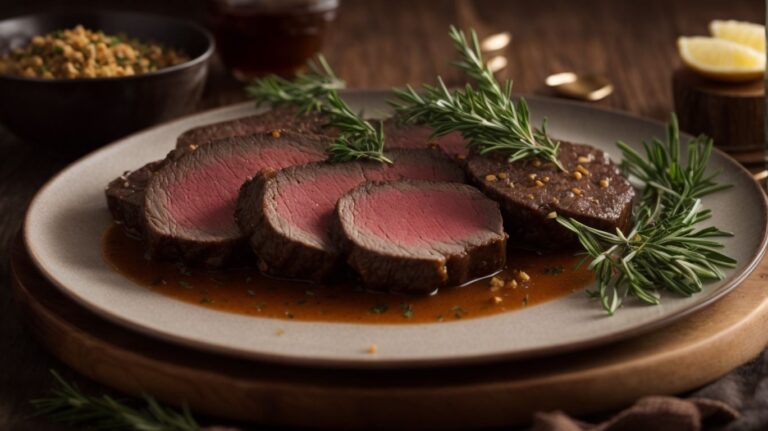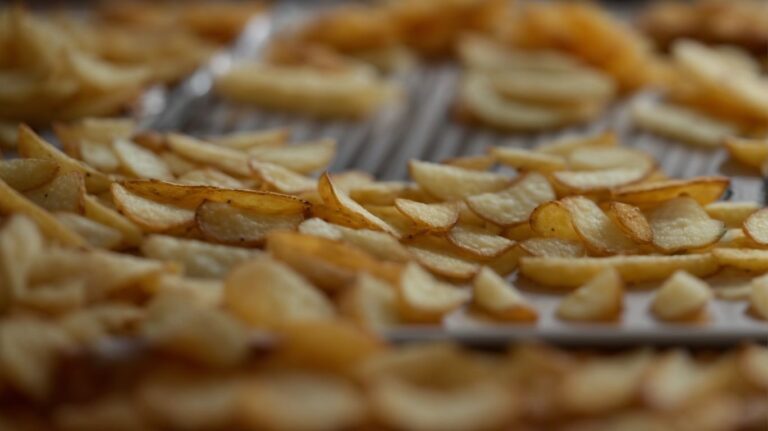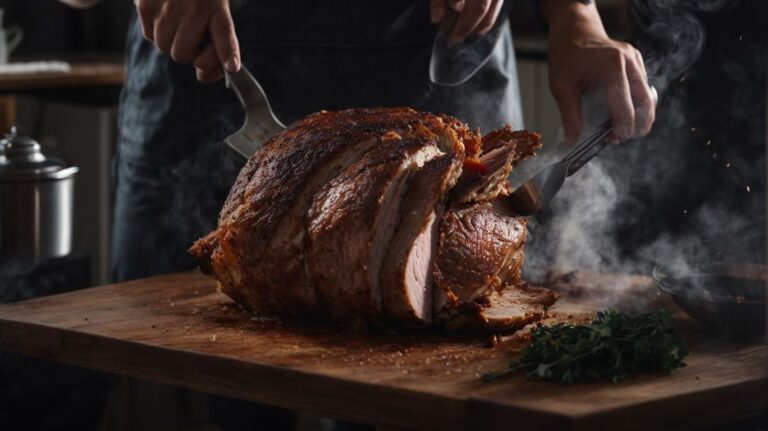How to Cook Rice to Be Fluffy?
Are you tired of ending up with mushy or hard rice every time you cook it?
We discuss the importance of fluffy rice and the best types of rice to use for this purpose.
We will also explore the equipment you need to achieve perfectly fluffy rice, whether you’re using a stove or a rice cooker.
Stay tuned for step-by-step instructions on how to cook fluffy rice to perfection every time!
Key Takeaways:
Why is Fluffy Rice Important?
Having fluffy rice is essential as it enhances the overall texture and taste of the dish, providing a satisfying dining experience.
When rice is fluffy, it means each grain remains separate and light, creating a delightful mouthfeel. Fluffy rice absorbs flavors more effectively, allowing it to harmonize with accompanying dishes or sauces without becoming mushy or clumpy. Achieving the perfect fluffy texture requires proper cooking techniques such as using the right water-to-rice ratio, simmering the rice gently, and allowing it to steam off the heat. This characteristic is highly sought-after in a variety of rice dishes, including pilafs, stir-fries, biryanis, and sushi, as it elevates the dish from mere sustenance to a culinary delight.
What Type of Rice is Best for Fluffy Rice?
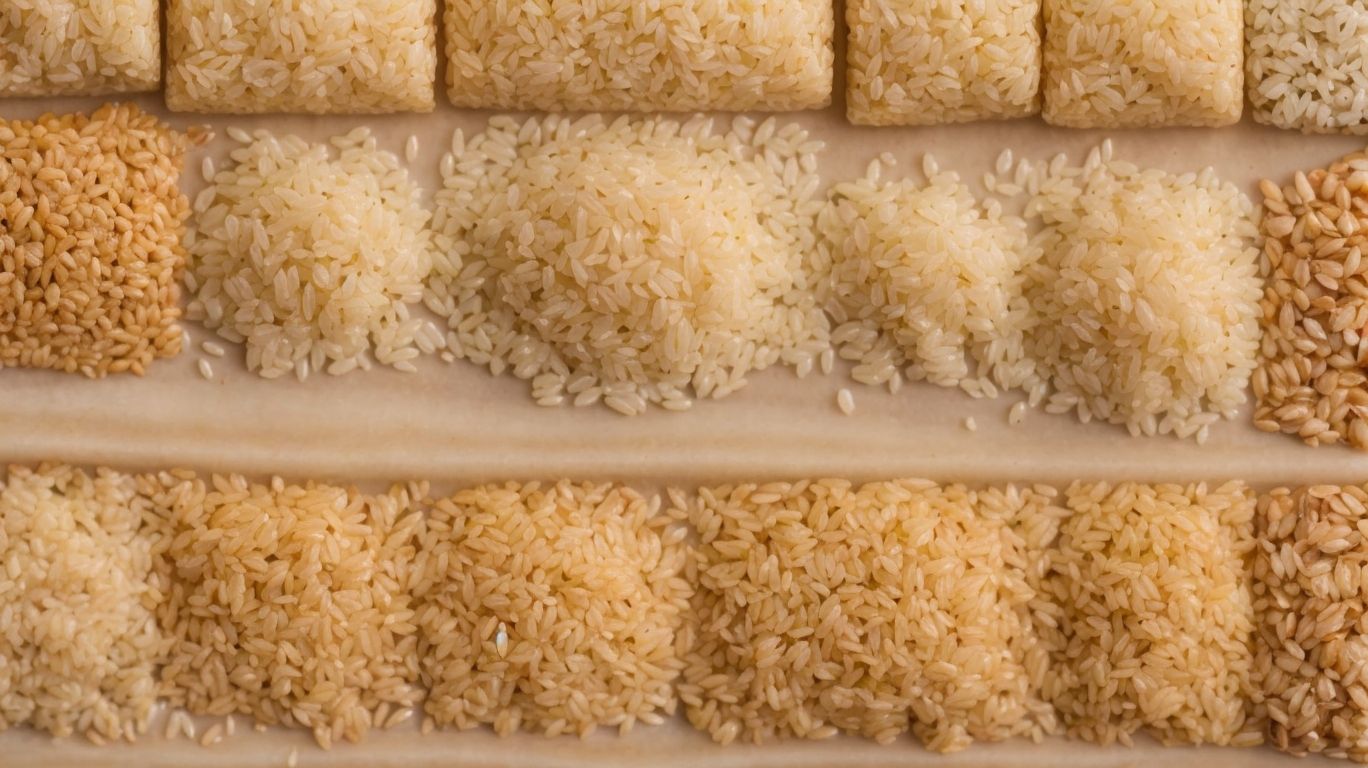
Credits: Poormet.Com – Raymond Davis
Selecting the right type of rice is crucial for achieving fluffy results in your dishes, with options like white rice, long grain rice, and jasmine rice offering ideal textures.
Each type of rice brings unique characteristics to the table, playing a key role in achieving that perfect fluffy texture. White rice, known for its short and polished grains, cooks up light and fluffy, making it a versatile option for various recipes. Long grain varieties, such as Basmati and Jasmine rice, are prized for their slender grains that elongate upon cooking, resulting in light, separate, and fluffy grains. Jasmine rice, with its subtle floral aroma, adds an extra touch of flavor to dishes while maintaining its fluffiness.
Long Grain Rice
Long grain rice, known for its slender shape and distinct texture, is an excellent choice for achieving fluffy rice in various culinary creations.
One of the key features that sets long grain rice apart is its lower starch content compared to shorter grain varieties. This lower starch content helps the rice maintain its individual grains during cooking, preventing it from becoming overly sticky or mushy. When cooked, the grains of long grain rice stay separate and fluffy, making it perfect for dishes where distinct grains are desired. The elongated shape of long grain rice allows for better air circulation during cooking, further enhancing its fluffiness.
Basmati Rice
Basmati rice, renowned for its fragrant aroma and elongated grains, is a popular choice for those seeking fluffy and flavorful rice dishes.
When cooked properly, the grains of basmati rice remain separate and fluffy, making it an ideal choice for pilafs, biryanis, and other rice-based dishes. The distinct nutty flavor of basmati rice adds depth to any culinary creation, from savory Indian curries to fragrant Thai dishes.
To enhance its aromatic qualities, basmati rice is best rinsed before cooking to remove excess starch. Water-to-rice ratio is crucial for achieving perfect consistency – typically, one part rice to three parts water results in fluffy grains.
Jasmine Rice
Jasmine rice, prized for its delicate fragrance and soft, slightly sticky texture, is a favored selection for creating fluffy and aromatic rice dishes.
When cooking jasmine rice, it’s vital to rinse it thoroughly to remove excess starch for optimal fluffiness. The key to achieving a light and fluffy consistency lies in the cooking method. Whether using a rice cooker, stovetop, or instant pot, ensure the correct rice-to-water ratio is maintained. Not only does jasmine rice complement a wide array of dishes with its aromatic flair, but it also adds a subtle touch of sweetness to the palate. Its versatility in both savory and sweet recipes makes it a staple in various culinary traditions.
What Equipment Do You Need to Cook Fluffy Rice?
To prepare fluffy rice successfully, essential equipment such as a pot with a tight-fitting lid, measuring cups and spoons, and a rice cooker can greatly aid in achieving the desired results.
Having a pot with a tight-fitting lid is crucial as it helps to trap steam during the cooking process, ensuring that the rice cooks evenly and stays fluffy. Measuring cups and spoons are necessary for precise portioning of rice and water ratios, which is key to achieving the perfect texture.
A rice cooker simplifies the process by automatically controlling the temperature and timing, taking the guesswork out of cooking rice. This appliance ensures consistent results and fluffy rice every time without the need for constant monitoring.
Pot with a Tight-fitting Lid
A pot with a tight-fitting lid is crucial for trapping steam during the cooking process, ensuring that the rice retains moisture and fluffs up perfectly.
When the rice is placed in the pot with the lid on, the steam created from the boiling water is contained within the pot, allowing the grains to absorb the moisture evenly. This controlled environment helps to regulate the amount of steam that escapes, preventing the rice from becoming too dry or too mushy.
The lid helps maintain a consistent temperature within the pot, which is essential for proper rice cooking. The trapped steam circulates around the grains, cooking them evenly and thoroughly, leading to that coveted fluffy texture.
Measuring Cups and Spoons
Accurate measurements facilitated by using precise measuring cups and spoons are essential for achieving consistent results when cooking fluffy rice.
This is crucial because rice requires a specific ratio of water to achieve that perfectly light and fluffy texture. Even the slightest deviation in measurement can lead to undercooked or soggy rice, which is far from ideal. Using measuring cups eliminates guesswork and ensures that you maintain the ideal water-to-rice ratio. Different types of rice may require slightly different measurements, so having reliable measuring tools becomes even more imperative for perfecting your rice cooking technique.
Rice Cooker (Optional)
A rice cooker offers convenience and automated cooking functions, making it an optional yet practical choice for preparing fluffy rice with minimal effort.
Using a rice cooker streamlines the entire cooking process, as it eliminates the need for constant monitoring and manual adjustments that stovetop cooking often requires. This kitchen appliance is a time-saver, allowing you to set it and forget it until your perfectly cooked rice is ready. The beauty of a rice cooker lies in its simplicity, providing consistent results each time. With its keep-warm function, you can ensure your rice stays warm and ready to serve whenever you are. This versatile appliance is not just for rice but can also be used for preparing various types of grains and even steaming vegetables.
How to Cook Fluffy Rice on the Stove?
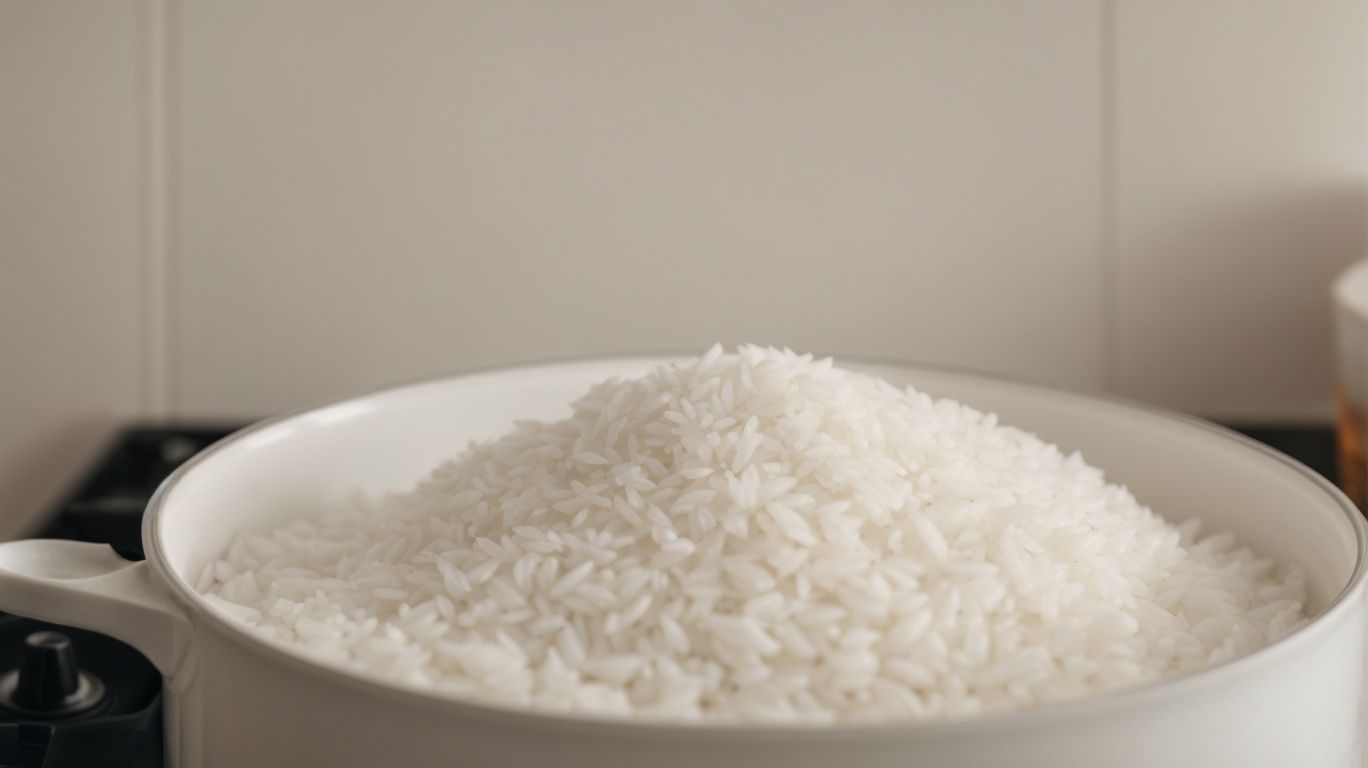
Credits: Poormet.Com – Jeffrey Robinson
Cooking fluffy rice on the stove involves a precise method of simmering, covering, and resting the rice to achieve optimal fluffiness and texture.
To start, rinse the rice under running water until the water runs clear. This removes excess starch that can make the rice sticky.
- Next, use the correct ratio of water to rice, typically 1:2, in a heavy-bottomed pot with a tight-fitting lid.
- Bring the water to a boil, then reduce the heat to low and cover the pot.
- Let the rice simmer gently for about 15-20 minutes without lifting the lid to allow it to steam and cook evenly.
Once the cooking time is up, remove the pot from the heat and let it sit, covered, for another 5-10 minutes. This resting period allows the rice to finish steaming and ensures a light and fluffy texture. After resting, fluff the rice gently with a fork to separate the grains. Your perfectly fluffy rice is now ready to be enjoyed as a side dish or as part of your favorite meal!
Rinse the Rice
Before cooking, it’s essential to rinse the rice thoroughly to remove excess starch and impurities, a crucial step in ensuring fluffy and separated grains.
Rinsing the rice helps to get rid of the starch that can cause the grains to stick together during cooking. When rice is rinsed, each grain becomes distinct, resulting in a light and airy texture once cooked. The process also eliminates any debris or dust that may be present in the rice, ensuring a clean final dish. By washing the rice, you are left with a more refined product, allowing it to cook evenly and absorb flavors more effectively.
Measure the Water and Rice Ratio
Determining the correct water-to-rice ratio is vital for achieving fluffy rice, ensuring that the grains absorb just enough moisture during the cooking process.
One easy method to measure the water-to-rice ratio is the ‘finger method.’ Simply place your index finger on top of the rice in the cooking pot and add water until it reaches the first joint of your finger. This technique helps in achieving a proper ratio for fluffy rice. For firmer rice, reduce the water slightly, and for softer, stickier rice, add a bit more water. Experimentation is key to finding the perfect balance to suit your preferred rice texture.
Bring the Water to a Boil
Bringing the water to a boil before adding the rice is a key step in the cooking process, ensuring that the grains cook evenly and become fluffy.
When you place the rice in cold water and gradually heat it, the cooking process is uneven and can result in mushy or undercooked grains. By starting with boiling water, the heat is distributed more evenly, allowing the rice to cook uniformly.
This essential step also helps the rice maintain its structure and separate properly once cooked. The rapid boiling action helps to break down the surface starches on the rice, preventing clumping and creating that desirable light and fluffy texture.
Add the Rice and Reduce the Heat
Adding the rinsed rice to the boiling water and then reducing the heat to a simmer allows the grains to absorb moisture gradually and fluff up to perfection.
As the rice simmers gently, the steam trapped within the pot circulates and evenly penetrates each grain, creating an ideal cooking environment. This method prevents the rice from turning mushy or sticking together, resulting in separate, light, and fluffy grains.
Adjusting the heat at this stage is crucial. Too high, and the rice may cook unevenly or burn; too low, and it might not adequately absorb the liquid. Maintaining the simmering temperature ensures that the rice cooks uniformly and reaches the desired fluffy texture.
Let the Rice Rest
Allowing the cooked rice to rest off the heat for a few minutes is essential for the grains to settle and fluff up naturally, resulting in perfectly cooked and fluffy rice.
During the resting period, the residual steam continues to be distributed evenly, allowing for any excess moisture to be reabsorbed by the rice grains. This process helps in achieving a uniform texture throughout the dish. Additionally, letting the rice rest aids in the final stages of starch gelatinization, which leads to a more cohesive and cohesive rice structure.
- This step also intensifies the flavors of the rice dish as the resting time allows the flavors to meld together harmoniously, enhancing the overall taste profile.
- By exercising patience and allowing the rice to sit undisturbed, you are ensuring that each mouthful of your rice dish is a delightful and satisfying experience for your taste buds.
How to Cook Fluffy Rice in a Rice Cooker?
Utilizing a rice cooker simplifies the process of cooking fluffy rice, offering convenience and consistent results with minimal effort.
One of the greatest benefits of using a rice cooker is the convenience it brings to your kitchen. Simply add the desired amount of rice and water, press a button, and let the cooker do the rest. This method ensures that the rice is cooked evenly and absorbs the water thoroughly, resulting in perfectly fluffy grains every time. The technology employed in rice cookers regulates temperature and cooking time, guaranteeing a consistent outcome without the need for constant monitoring.
Rinse the Rice
Rinsing the rice before adding it to the rice cooker helps remove excess starch and ensures that the grains cook evenly and fluff up beautifully.
This simple yet crucial step also plays a significant role in enhancing the overall flavor of the rice, as it prevents clumping and results in a light and airy texture that pairs perfectly with various dishes. By rinsing the rice, you are not only improving its consistency but also promoting better absorption of flavors during the cooking process.
Measure the Water and Rice Ratio
Determining the precise water-to-rice ratio for the rice cooker is crucial for achieving fluffy and perfectly cooked rice every time.
Too much water can make the rice mushy, while too little can leave it undercooked and hard. A general rule of thumb is to use a 1:2 ratio, one cup of rice to two cups of water, but this can vary depending on the type of rice and personal preference. Experimentation is key to finding the perfect ratio that suits your taste buds. To measure accurately, use a measuring cup for both the rice and water. Remember that rinsing the rice before cooking can also affect the water absorption, so adjust the ratio accordingly after rinsing.
Add the Rice and Water to the Rice Cooker
Adding the rinsed rice and water to the rice cooker according to the measured ratio is the initial step in cooking fluffy rice effortlessly and efficiently.
When adding the rice, make sure to level it evenly to ensure uniform cooking. Next, pour in the water, following the recommended ratio for the specific type of rice you are cooking. The water level should be adjusted accordingly to avoid undercooked or soggy rice. It’s important to not overcrowd the rice cooker to allow room for expansion during cooking. Once both rice and water are added, gently stir the mixture for even distribution.
Turn on the Rice Cooker
Activating the rice cooker to start the cooking process is all it takes to enjoy effortlessly fluffy and perfectly cooked rice without any additional intervention.
Simply, after washing the rice thoroughly, place the desired amount in the rice cooker’s inner pot. Add the corresponding amount of water following the rice-to-water ratio guide usually found in the instruction manual. Once set, close the lid securely, and choose the appropriate cooking mode based on the type of rice you are preparing. Press the start button to kickstart the cooking cycle, and that’s it! The cooker will handle the rest, automatically adjusting the temperature and timing to deliver consistently delicious results every time.
Let the Rice Rest
Allowing the rice to rest in the rice cooker for a few minutes after cooking ensures that the grains settle and fluff up naturally, ready to be enjoyed with every bite.
During this resting period, the residual steam inside the cooker continues to circulate, further softening the grains and helping them achieve the perfect texture.
This process allows any excess moisture to distribute evenly, preventing clumping and creating a more uniform consistency.
By resting the rice, you are essentially giving it time to reach its full potential, enhancing the overall mouthfeel and taste of your meal.
Frequently Asked Questions
What are some tips for cooking rice to be fluffy?
To achieve fluffy rice, use a 1:2 ratio of rice to water and let it simmer for 18 minutes. Fluff the rice with a fork before serving.
Why is it important to rinse rice before cooking?
Rinsing rice removes excess starch and prevents the rice from clumping together, resulting in fluffy rice.
What is the best type of rice to use for fluffy rice?
Long-grain rice, such as basmati or jasmine, is ideal for fluffy rice as it has a lower starch content and cooks to a light and airy texture.
How can I add flavor to my fluffy rice?
Try adding a pinch of salt, a splash of coconut milk, or a teaspoon of butter before cooking to enhance the flavor of your fluffy rice.
Do I need to let the rice rest after cooking?
Yes, letting the rice rest for 5-10 minutes after cooking allows the steam to evenly distribute and results in a fluffier texture.
Can I cook fluffy rice in a rice cooker?
Yes, simply follow the same ratio of rice to water and let the rice cooker do the work for perfect fluffy rice every time.

